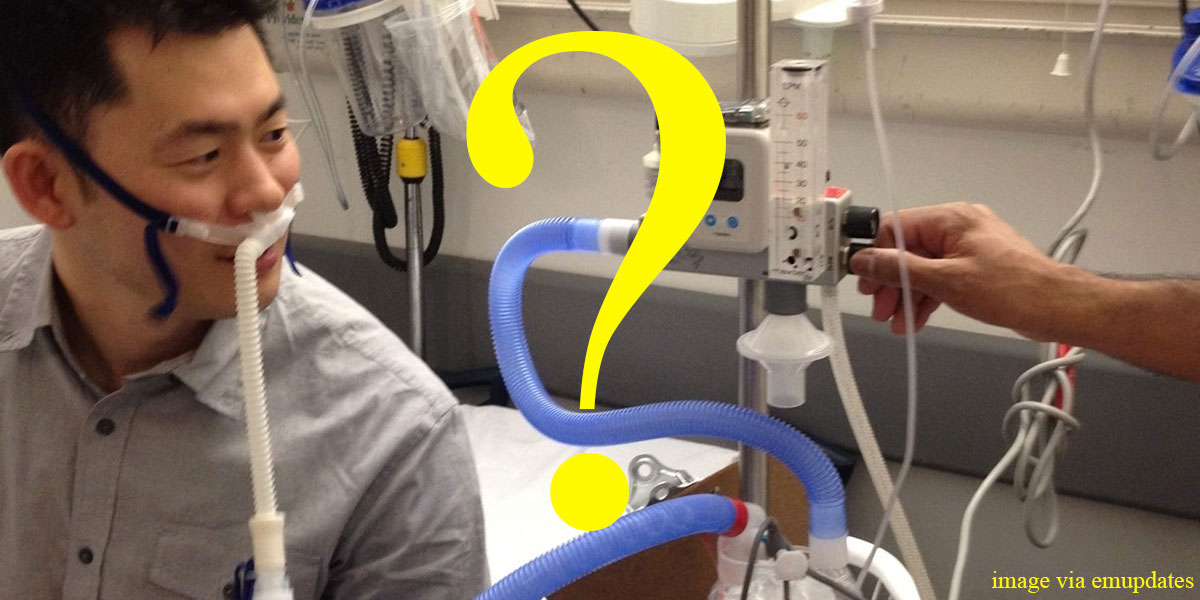In the realm of modern surgery, precision and efficiency are paramount, and the tools at a surgeon’s disposal play a pivotal role in achieving successful outcomes. Among these tools, trocars and cannulas stand out as essential instruments that facilitate minimally invasive procedures, enhance patient recovery, and contribute to the advancement of surgical techniques. This article explores the intricacies of trocars and cannulas, shedding light on their design, applications, and the innovations that have propelled these instruments to the forefront of contemporary surgery.
Understanding Trocars and Cannulas
Trocars: Precision Entry Points
A trocar is a pointed, cylindrical surgical instrument that serves as a portal for other instruments to enter the body during minimally invasive surgery. Its primary function is to create a pathway through the abdominal wall or other tissues, enabling the insertion of other instruments like cannulas and endoscopes. Trocars have evolved significantly since their inception, with advancements in design and materials contributing to improved safety, ease of use, and patient outcomes.
Components of a Trocar:
- Cannula Sleeve: The outer sheath of a trocar, known as the cannula sleeve, provides a pathway for other instruments and maintains the opening created by the trocar.
- Obturator: The obturator is the pointed, removable inner stylet that pierces the tissue during initial insertion. Once the trocar is in place, the obturator is removed, leaving the cannula sleeve in position.
- Valve System: Some trocars feature a valve system to prevent air or fluids from entering the surgical site when instruments are inserted or removed. This minimizes the risk of complications and maintains optimal visibility.
Applications of Trocars:
Trocars find application in various surgical disciplines, including general surgery, gynecology, urology, and laparoscopic procedures. In laparoscopic surgery, trocars are instrumental in creating access points for the introduction of a camera (laparoscope) and specialized instruments into the abdominal cavity through small incisions. The minimally invasive nature of trocar-assisted procedures translates to reduced patient trauma, shorter recovery times, and decreased postoperative pain.
Advancements in Trocar Design:
Recent innovations in trocar design have focused on enhancing safety and ease of use. One notable advancement is the development of optical trocars with built-in cameras, providing real-time visualization during entry. This eliminates the need for a separate laparoscope insertion and enhances precision, particularly in challenging anatomical locations.
Additionally, ergonomic handle designs, adjustable insertion depths, and disposable trocar options have become standard features, catering to the evolving needs of surgeons and optimizing the overall surgical experience.
Cannulas: Versatile Conduits in Minimally Invasive Surgery
Cannulas, often used in conjunction with trocars, are tubular instruments designed to maintain a passage into the body for the introduction of various surgical instruments. These instruments facilitate the irrigation and aspiration of fluids, the introduction of cameras for visualization, and the passage of specialized instruments for specific procedures.
Types of Cannulas:
- Insufflation Cannulas: Used to introduce gas (usually carbon dioxide) into the body cavity to create a working space for the surgical team. This is crucial in laparoscopic and endoscopic procedures where a clear field of view is essential.
- Irrigation and Aspiration Cannulas: These cannulas are designed to facilitate the irrigation of the surgical site with sterile fluids and the aspiration of blood and debris, maintaining optimal visibility for the surgeon.
- Suction Cannulas: Similar to aspiration cannulas, suction cannulas are employed to remove fluids and debris from the surgical field, ensuring a clear view during procedures.
- Injection Cannulas: Used for the targeted injection of medications or fluids into specific tissues or organs, injection cannulas play a vital role in localized therapeutic interventions.
Innovations in Cannula Technology:
The evolution of cannulas has been marked by advancements aimed at improving functionality, reducing invasiveness, and enhancing overall surgical outcomes.
- Articulating Cannulas: Some modern cannulas feature articulating tips, allowing for increased maneuverability within the body. This is particularly advantageous in complex procedures where precise instrument control is critical.
- Single-Incision Cannulas: As the demand for less invasive procedures continues to grow, single-incision cannulas have emerged as a solution, enabling surgeons to perform procedures through a single access point. This minimizes scarring and enhances patient satisfaction.
- Integrated Valve Systems: To mitigate the risk of air ingress and fluid leakage during surgery, cannulas with integrated valve systems have become increasingly common. These systems provide a seal around the instruments, maintaining a stable environment within the body cavity.
Applications of Trocars and Cannulas in Specific Surgical Specialties:
- Laparoscopic Surgery: Trocars and cannulas are fundamental in laparoscopic procedures, allowing surgeons to access the abdominal cavity through small incisions. This minimally invasive approach is widely used in gallbladder removal, hernia repair, and other abdominal surgeries.
- Arthroscopy: In orthopedic surgery, particularly arthroscopy, these instruments enable surgeons to access and visualize the interior of joints for diagnostic and therapeutic purposes. Small-diameter cannulas are used to introduce cameras and specialized instruments into the joint space.
- Gynecological Surgery: Trocars and cannulas play a crucial role in gynecological procedures, such as hysterectomies and ovarian surgeries. The minimally invasive nature of these instruments reduces recovery times and postoperative discomfort for patients.
- Thoracoscopy: In thoracic surgery, trocars and cannulas facilitate access to the chest cavity through small incisions. This approach is commonly employed in procedures such as lung biopsies and pleural effusion drainage.

Challenges and Considerations in Trocar and Cannula Use:
- Risk of Complications: Despite their widespread use, trocars and cannulas are not without risks. Improper insertion can lead to injuries to surrounding tissues and organs, highlighting the importance of proper training and technique.
- Infection Control: Maintaining a sterile surgical environment is critical to prevent infections associated with trocar and cannula use. Strict adherence to sterilization protocols and the use of disposable components where possible contribute to infection control measures.
- Instrument Compatibility: Surgeons must carefully select trocars and cannulas that are compatible with the specific instruments and procedures they intend to perform. Mismatched instruments can compromise the effectiveness of the surgical approach.
- Ergonomics and Surgeon Fatigue: Prolonged use of trocars and cannulas can contribute to surgeon fatigue and discomfort. Innovations in instrument design, such as ergonomic handles and reduced instrument weight, aim to address these concerns and enhance the surgeon’s experience.
Future Directions in Trocar and Cannula Technology:
The future of trocars and cannulas is likely to be shaped by ongoing advancements in materials, robotics, and imaging technologies. The integration of robotics into minimally invasive surgery holds the potential to further enhance precision and dexterity, allowing for more complex procedures to be performed with minimally invasive techniques.
Additionally, the development of smart instruments equipped with sensors and real-time feedback systems could revolutionize the way surgeons interact with trocars and cannulas. These technologies may provide enhanced safety features, such as real-time monitoring of instrument placement and tissue response, further reducing the risk of complications.
As the field of surgery continues to evolve, the role of trocars and cannulas in enabling minimally invasive approaches will remain central. The ongoing collaboration between surgeons, engineers, and researchers ensures that these essential instruments will continue to push the boundaries of what is possible in the realm of modern surgical practice.
Conclusion:
Trocars and cannulas have become indispensable tools in the hands of surgeons, facilitating the transition from traditional open surgeries to minimally invasive procedures. Their evolution from basic instruments to sophisticated, specialized tools reflects the relentless pursuit of innovation in the field of surgery. As technology continues to advance, these instruments will play a pivotal role in shaping the future of surgical interventions, ensuring that patients benefit from procedures that are not only effective but also minimize trauma, enhance recovery, and improve overall quality of life.
